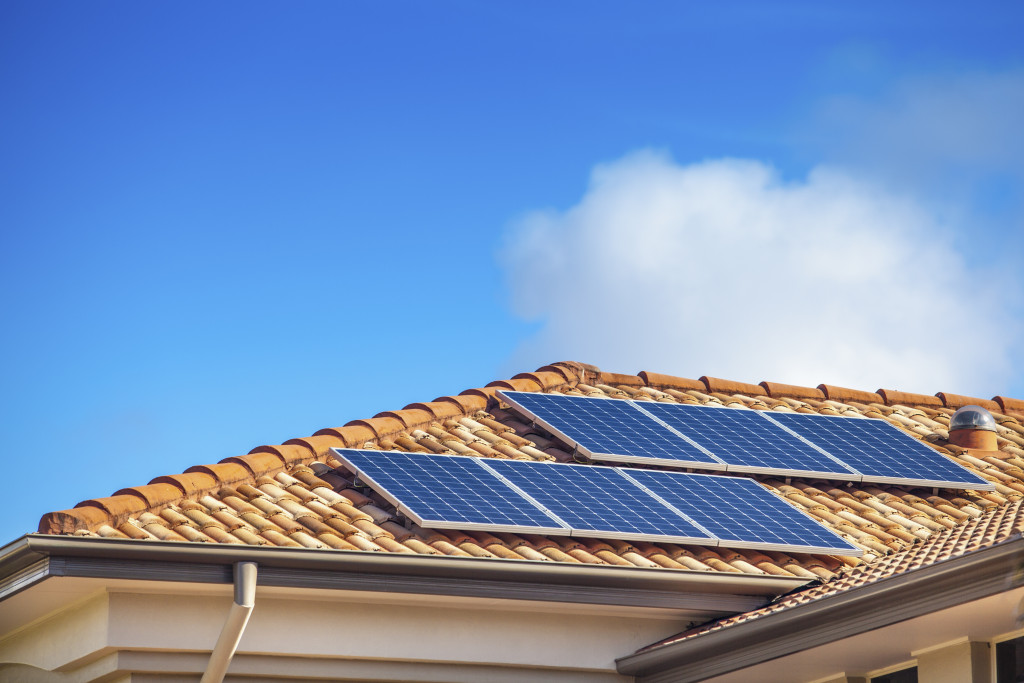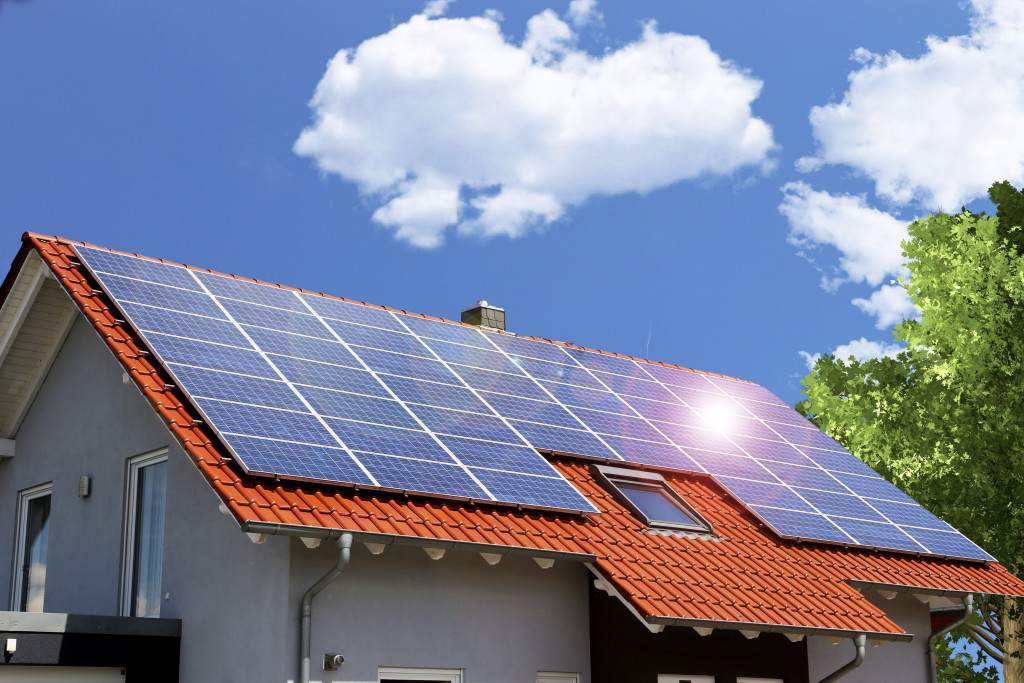Modern homeowners are always on the lookout for ways to improve their homes. They are willing to spend money on projects that will boost their home comfort and family health. But with the rising cost of living, it only makes sense that more homeowners focus on certain projects that can help them evidently lower their household expenses.
Homeowners know that they can do so much more than simply changing their lifestyle. This leads them to invest in certain projects like the following to create a better return on investment.
Renewable Energy
More homeowners now realize the benefits that renewable energy can bring into their homes. Hiring a local company to install solar panels into your home makes sense if you want to start utilizing the heat of the sun to power your household. This sustainable way of lighting up your home enables you to predict your cash flow better.
Having solar panels in the house helps you reduce your energy bills. You may be consuming more energy than the amount your solar panels can produce. But you make dramatic savings since you are no longer relying on the grid alone.
Remember that energy costs only continue to rise. The initial investment you make with solar panels will eventually pay off. The best thing about this is that you can get a solar loan to pay for the installation.
If solar panels are not your thing, you can always turn to other renewable sources of energy. Think of biomass from plants, wind energy, geothermal energy, and hydropower. Consider your location and available resources before choosing to enjoy better results.
Programmable Thermostat
It is amazing just how much energy you can conserve by simply updating your thermostat. Modern homes now sport programmable thermostats. These enable homeowners to heat and cool areas in their predetermined time.
You can program your thermostat to start cooling your home before you arrive from work. This way, you are not wasting energy by constantly keeping the air-conditioning unit on. You will always enjoy your desired room temperature after working long hours each day.
Programmable thermostats also help reduce the stress on your Heating, Ventilation, and Air Conditioning (HVAC) system. This is since it decreases the amount of time your system runs. Pairing programmable thermostats with your existing HVAC system is easy, making it a more efficient system for the whole family.
Energy-efficient Lighting
Replacing old light bulbs is another way of reducing your energy usage. Instead of incandescent lights, invest in LEDs and CFLs. These are your top choices if you want a more energy-efficient way of lighting up your home.
CFLs and LEDs last longer than other light bulbs in the market. These also use a lower amount of energy each time, making them the more energy-efficient lighting choice. This is why investing in LEDs and CFLs makes a smart investment.
Another choice energy-conscious homeowners can make are solar-powered light bulbs. These days, the market is never short of solar lights you can use for indoor and outdoor use. This means you can utilize the heat of the sun, so you won’t ever have to pay for your lighting again.

Low-flow Plumbing Fixtures
How would you feel about changing your water fixtures in exchange for better savings? These days, low-flow plumbing fixtures are all the hype. Think of faucets, showerheads, and toilets that use a considerably less amount of water each time you use them.
These low-flow plumbing options are worth the investment since they have a lower water flow rate. This means you are basically using fewer gallons of water for every minute you use them. Here’s a quick review of how much water you can save for such investments.
Low-flow Showerhead
Regular showers utilize up to two and a half gallons every minute. If you want to reduce this to two gallons per minute, then go for low-flow showerheads. You can save up to 2,700 gallons per year if you use low-flow showerheads for about seven minutes each day.
Low-flow Toilets
Water use for every flush varies from one toilet to another. Older toilets use up to seven gallons of water for every flush you make. Low flow toilets use half of these, giving you considerable savings for each flush.
Low-flow Faucets
How much water you waste every time you open the faucet varies. But most of the time, regular faucets give out two and a half gallons every minute. You can save up to 40% of your water usage by switching to a low-flow faucet.
These are some of the major investments many homeowners are investing in to make their homes more efficient. These may require one to shell out money for the improvement. But thanks to the savings you can enjoy in the long run, these can help you increase your savings.

